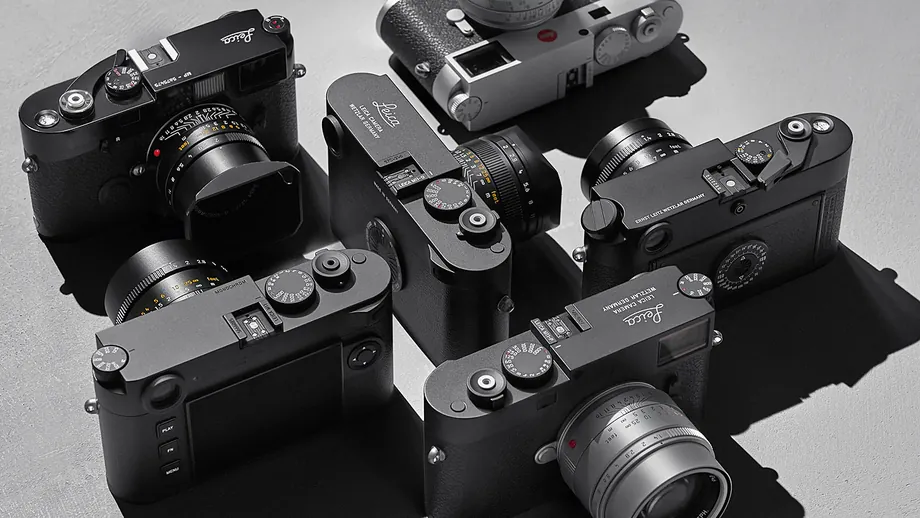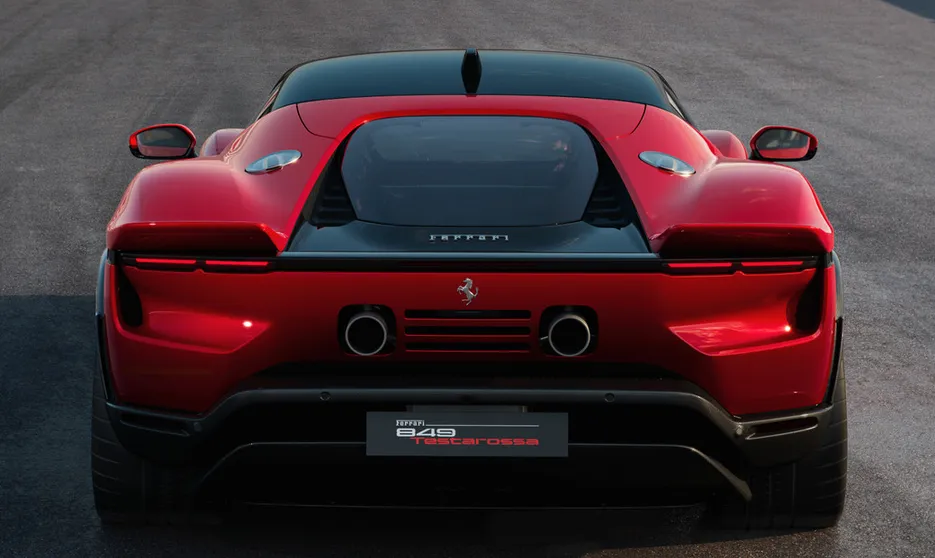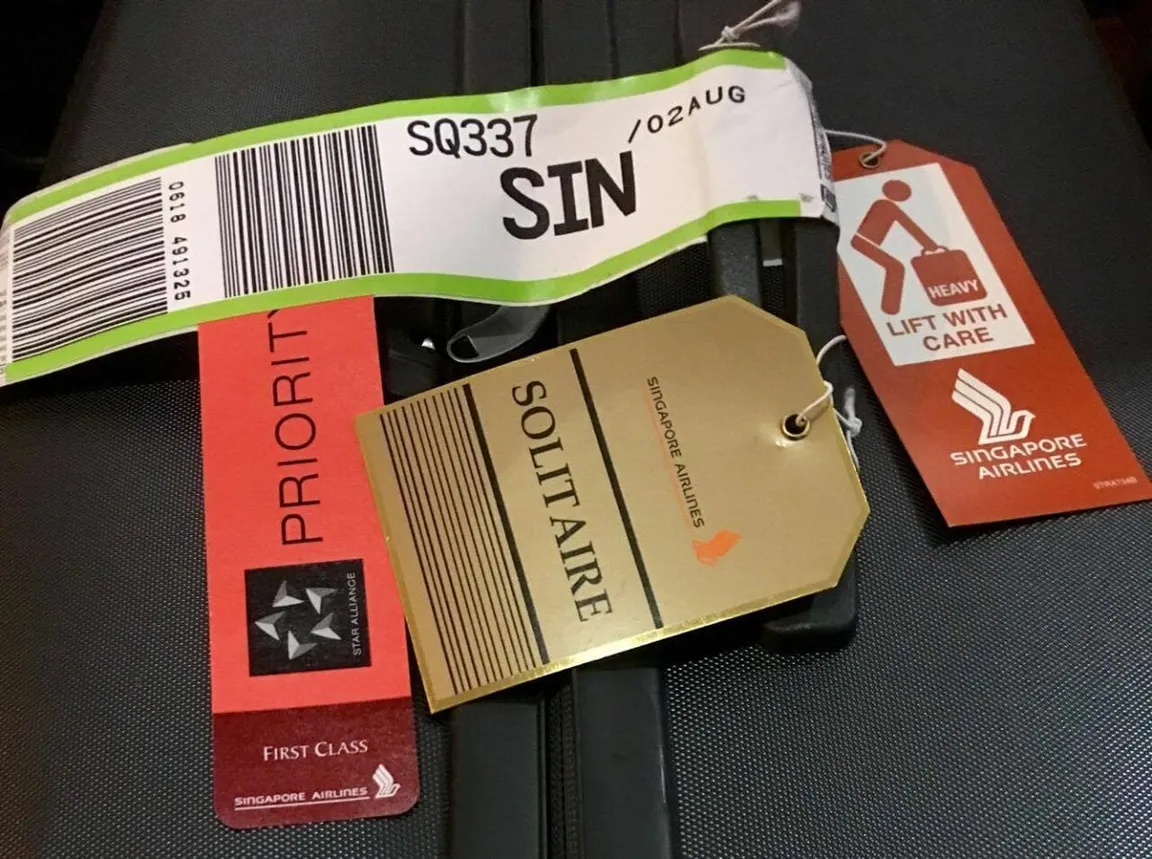The rise of lifestyle luxury
Luxury once meant mastery: tailoring, watchmaking, craftsmanship, design. Today, it also includes coffee and cuisine. What started as a Milanese experiment has evolved into a global movement. From Shanghai to Singapore, premium and luxury brands now treat food and beverage as a new language of brand expression — boutiques gain cafés, showrooms host restaurants, retail becomes lifestyle.
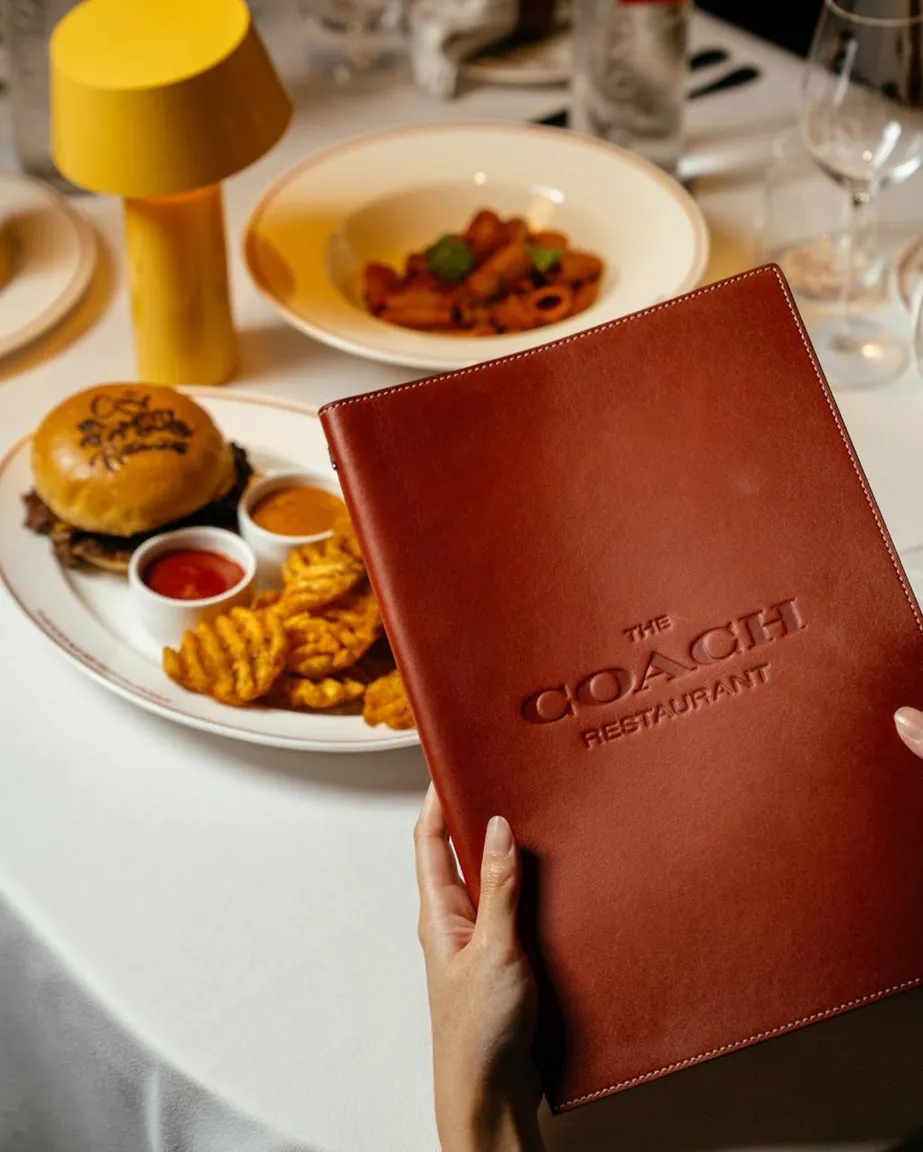
I understand the rationale. Expanding into food and beverage makes strategic sense — it keeps customers longer, adds new revenue, and deepens immersion in the brand world. In Asia especially, where people explore, photograph, and share experiences, the approach fits cultural behaviour beautifully.
Coach’s new restaurant at Jewel Changi Airport shows the trend in motion. The American house joins a growing list — Prada, Gucci, Louis Vuitton, Porsche — weaving dining into the fabric of their stories. The commercial case looks strong: F&B stretches dwell time, deepens emotional connection, opens another revenue stream, and creates content. Yet a strategic question calls for attention: when every brand sells coffee, how much distinctiveness survives?
From Armani to Coach: a brief evolution

Giorgio Armani set the tone in 1989 with Armani/Caffè in Milan — an elegant fusion of Italian design and café culture, years before “experiential retail” entered the mainstream. Prada extended the idea through Marchesi 1824 and, in 2025, with Mi Shang Prada Rong Zhai in Shanghai: a grand dining residence where culinary craft, heritage architecture, and Wong Kar Wai’s cinematic sensibility meet. In Singapore, Porsche worked with artisan bakery Baker & Cook to open Café Carrera inside its Midtown studio — a social hub that pairs precision engineering with everyday café appeal.
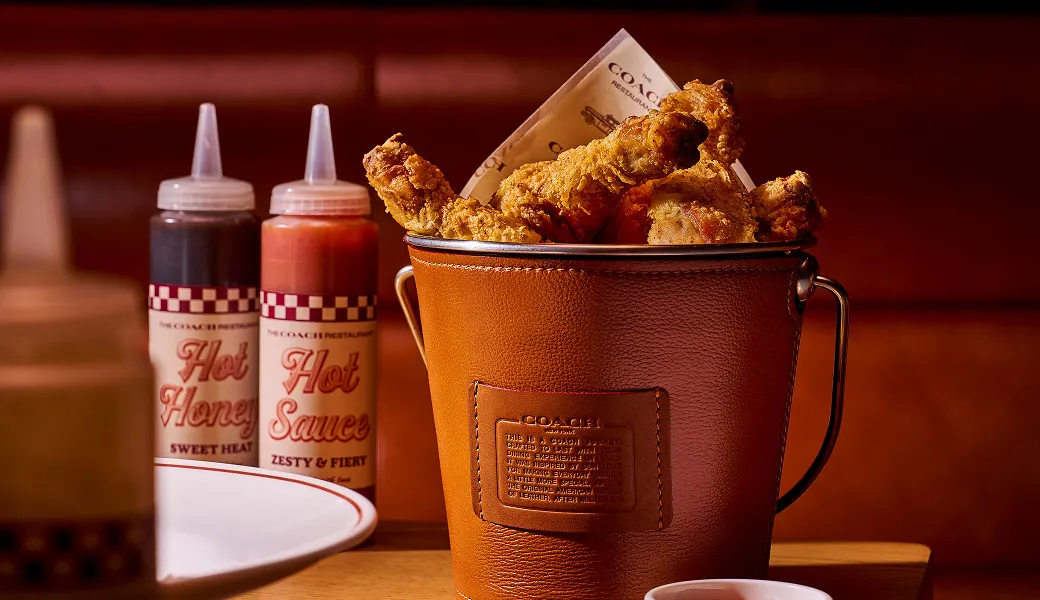
Coach now accelerates the story with a regional F&B push — more than twenty cafés and restaurants planned across Asia within a tight window. Leadership positions these spaces as places where younger consumers connect with friends, family, and the brand in ways that feel personal and memorable. For many Gen Z customers, a cappuccino with a logo carries a sense of belonging; it is a small, sharable gateway into the brand world.
Asia’s appetite for lifestyle luxury
The scale behind this is real. The global café market surpassed US$165 billion in 2022, with Asia-Pacific accounting for close to 40 per cent — the most dynamic region for café culture and social dining. The region’s preference for in-person experiences, quick discovery cycles, and shareable aesthetics creates perfect conditions for luxury F&B concepts to flourish.
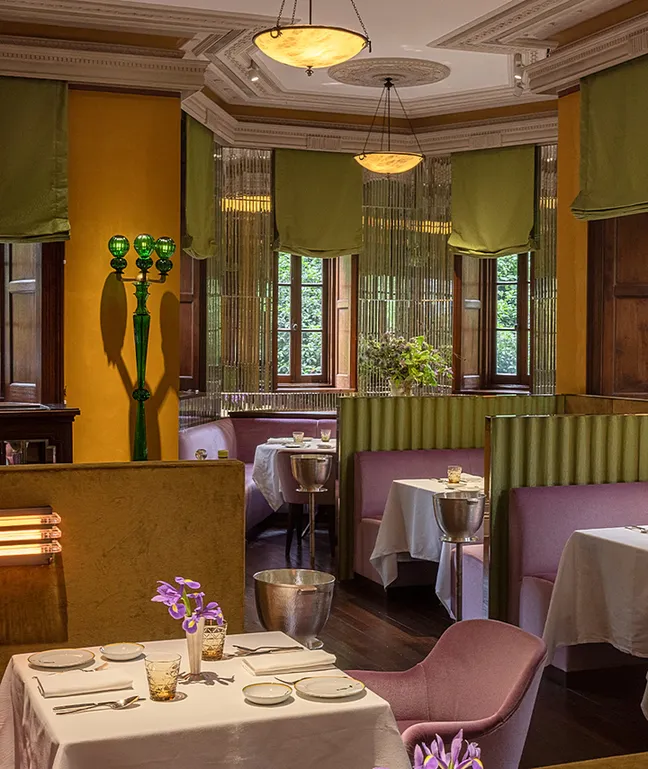
Permanent venues draw consistent footfall: Seoul’s Café Dior; Prada’s mansion in Shanghai; Gucci’s 1921 Restaurant; Porsche’s lifestyle studio in Singapore. Pop-ups and collaborations keep the conversation lively: Maison Margiela’s immersive café on Beach Road in Singapore, Ami Paris’s minimalist coffeehouse in Beijing, and Louis Vuitton’s art-forward activations where pastry and presentation echo the maison’s visual language. Regional tourism also benefits. As Retail Asia observes, premium F&B experiences increasingly support travel itineraries and cross-border spend. The table becomes the new shop window; a plate garnished with brand codes turns into a highly viral touchpoint.
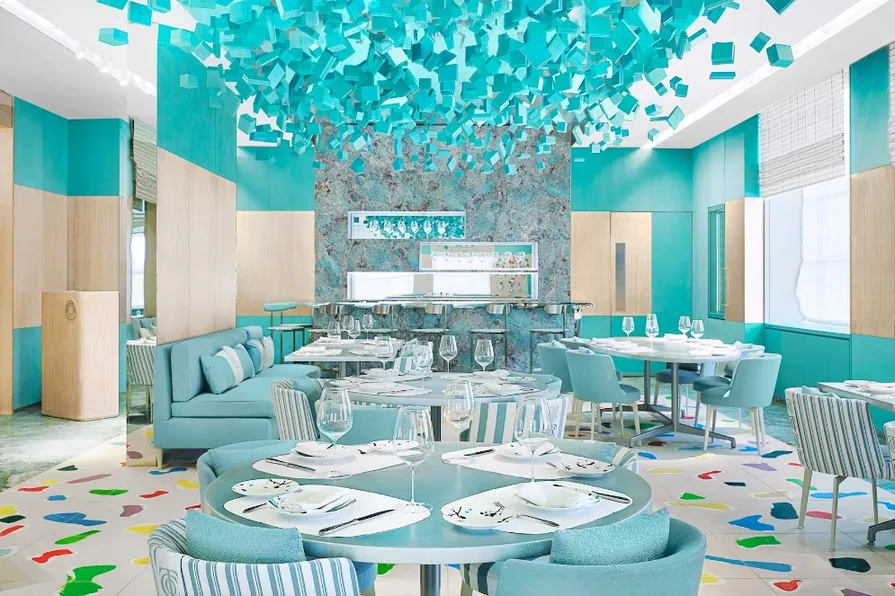
Not all F&B is created equal
From my experience training luxury retail teams across Asia, a consistent service tone across departments already requires structure and discipline. Introducing F&B multiplies the complexity. How a brand integrates food and hospitality matters — and the model chosen reveals both appetite and risk.
Co-branded partnerships — shared expertise, clean execution.
Here, each side stays in its lane while creating a shared stage. Porsche × Baker & Cook works because both names stand for quality. Porsche extends lifestyle appeal; Baker & Cook brings operational excellence in hospitality. Audi × Burnt Ends uses a similar logic: design theatre meets culinary mastery without asking the carmaker to run a restaurant. INTERSECT BY LEXUS in Aoyama follows this framework: Lexus curates space and storytelling while Transit Hospitality Management operates F&B with professional consistency. Customers recognise both names and trust each for what they do best. Brand cleanliness stays intact; the café feels natural, not forced.

Embedded collaborations — artisans inside the maison.
Some houses integrate culinary craft directly into their creative vocabulary. Louis Vuitton × Maxime Frédéric transforms classics like mille-feuille and Paris-Brest with modern technique, mirroring LV’s heritage-meets-innovation ethos. Chanel’s Beige Tokyo with Alain Ducasse, and Prada’s Marchesi 1824, express similar principles. Food becomes a mode of storytelling: the chef acts as a brand ambassador for craftsmanship rather than a bolt-on novelty. When done well, this deepens the maison’s narrative and raises the perceived level of artistry.
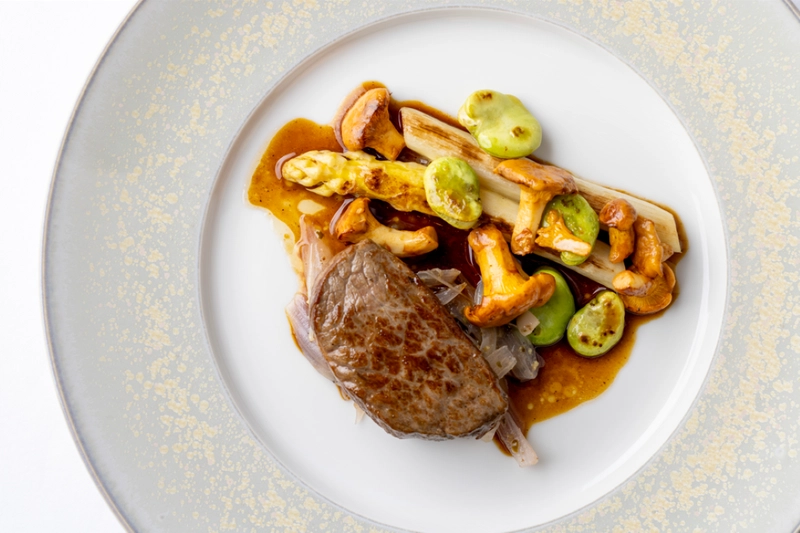
Full brand ownership — total control, total accountability.
Concepts such as Coach Restaurant Singapore, Gucci 1921 Shanghai, and Café Dior Seoul place menu, design, service, and ambience entirely under brand command. This enables full immersion: the promise translates into sound, scent, lighting, pacing, and plateware. It also raises the stakes. If the steak feels ordinary or the service lacks finesse, the disappointment lands squarely on the brand. Ownership amplifies both upside and exposure; excellence depends on hospitality capabilities that many retail organisations are still building.

Seasonal pop-ups and beach-club takeovers — visibility first.
Short-term activations deliver high shareability. Jacquemus re-imagined Monte-Carlo Beach with striped parasols and sun-loungers; Fendi brought its aesthetic to Marbella; Loewe staged resort-season moments in Mykonos and Ibiza; in Asia, hotel and beach partners increasingly invite fashion houses to re-skin space for a season. The cycle feels exciting in year one, expected in year two, and routine by year three. These projects deliver reach and novelty; endurance requires more than photogenic backdrops.
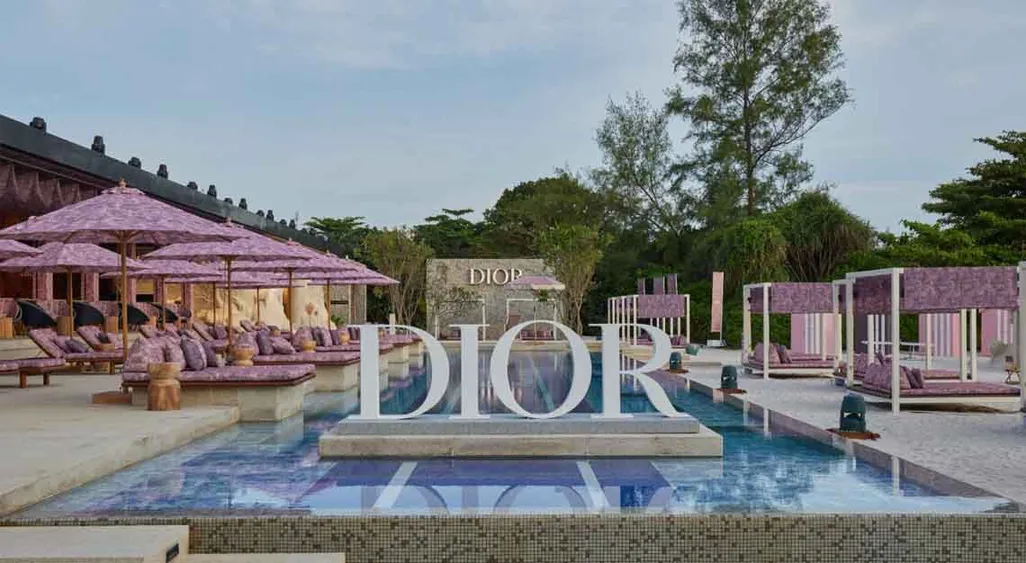
A closer look at the café vs. beach-club equation
Cafés and restaurants sit close to daily life, making them ideal for steady engagement. They support community building, repeat visits, and local familiarity. Beach-club takeovers and seasonal pop-ups work beautifully for destination glamour and spikes of attention. They offer scale and spectacle, yet often plateau once the format becomes familiar. When stacked on top of permanent F&B, retail, beauty, hospitality, and residences, the total effect feels omnipresent — “everywhere, all at once.” Presence grows; focus can thin.
Look at this food — beautifully presented, probably delicious. But which brand does it "belong" to?

When experience blurs identity
Consider a restaurant promising Chinese, Italian, French, Japanese, and German excellence — all at once. A luxury brand that aims to excel in leather, watches, couture, beauty, hospitality, and F&B faces a similar challenge: coherence. Luxury thrives on clarity; customers feel it when a brand knows its core and expresses it precisely. The more channels and senses a brand activates, the higher the bar for alignment across people, process, and standards.
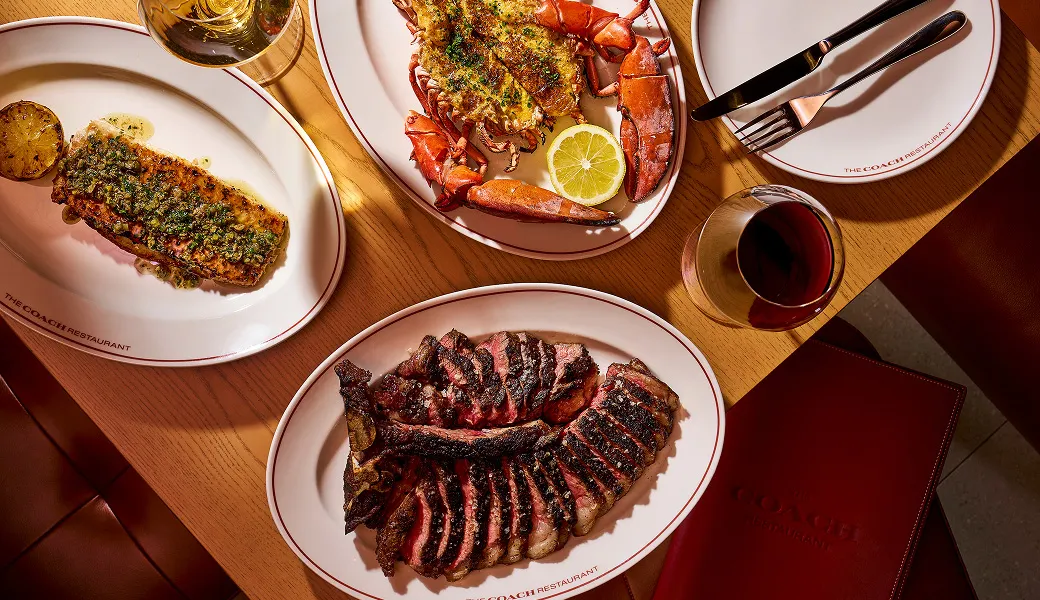
Delivering “on-brand” service already calls for method. Teams need a shared tone, managers need live coaching routines, and systems must support consistency. Adding chefs, baristas, and service staff expands the orchestra. The question shifts from “what do we sell?” to “how does it feel to be served by us?”
How is a Prada cake, a Coach steak, or a Dior coffee meant to taste to make it truly distinctive? When the flavour becomes secondary to the logo, food and drink risk turning into interchangeable luxuries — recognisable only by the setting that surrounds them.
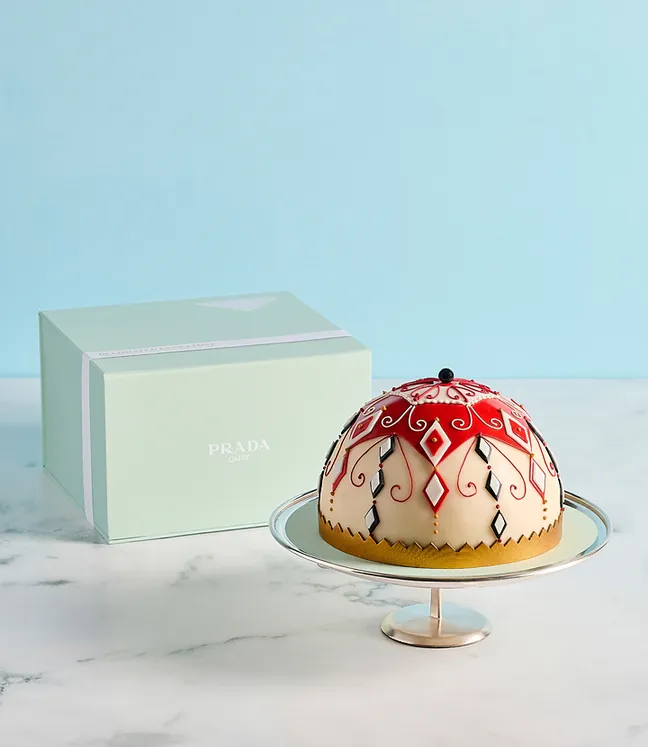
The operational truth behind the latte
Branded F&B succeeds when three fundamentals align:
- People: hospitality teams who understand the brand’s voice, not just service basics; retail teams who collaborate smoothly with F&B colleagues; managers who coach observable behaviours, not general attitudes.
- Process: clear guest-journey maps; standards for greeting, pacing, language, and recovery; feedback loops that link café learnings back to CRM and retail.
- Precision: mise-en-place for service tone (music level, scent, material cues), menu cues that reflect the brand’s story rather than generic luxury, and quality controls that travel across markets.
When these elements click, food becomes a powerful medium for identity. When they drift, the room looks pretty and feels empty.
If your organisation wants to strengthen brand delivery through people, I can help align teams, systems, and training so that experience and identity remain inseparable.

Two short vignettes: how nuance changes the outcome
Maison Margiela, Singapore (2025): a limited-time café and immersive space on Beach Road. The setting translated Margiela’s codes — deconstruction, texture, considered restraint — into a sensory environment. Guests explored the brand through sound, materiality, and presentation; the menu avoided generic premium tropes and leaned into subtle, precise details. This worked because the pop-up served a story rather than chasing a photograph.
Jacquemus, Monte-Carlo Beach (2025): a seasonal takeover that re-coloured an iconic Riviera backdrop. The energy felt joyful and vivid; social content exploded. By season two, the challenge becomes maintaining surprise without repeating the same visual chorus. The lesson holds for every takeover: visibility builds quickly; meaning requires evolution.
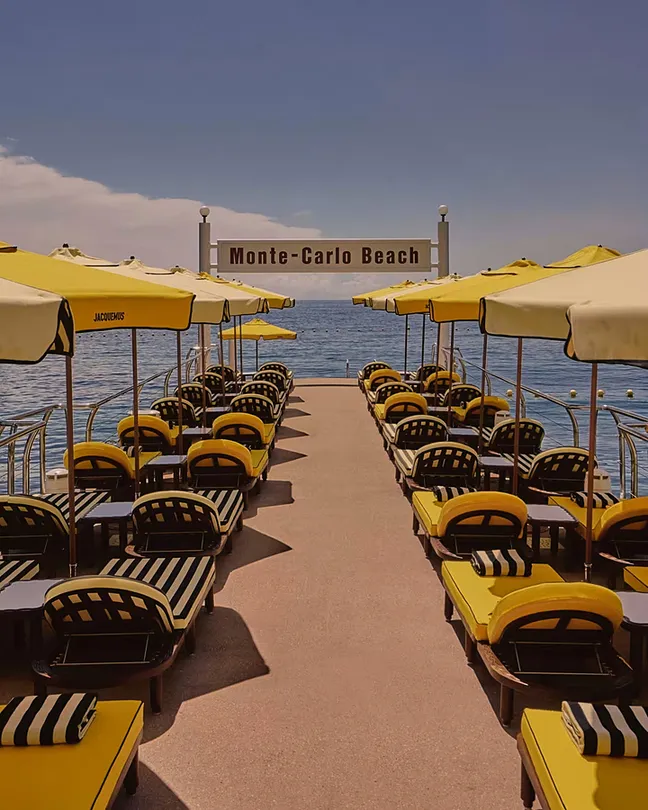
The fine line between lifestyle and dilution
Lifestyle extensions invite discovery and create softer entries into brand worlds. They also increase the surface area for inconsistency. Many ventures launch with strong intent and visual polish. Sustained success depends on operational depth, creative renewal, and an honest link to what the brand truly represents. The tenth branded latte looks like the first unless the experience evolves and the essence stays clear.
Luxury rewards focus. The next chapter will favour brands that pair creativity with coherence — those that surprise with substance, hold a point of view, and organise people and processes around it.
Final Thoughts
Luxury still needs a centre of gravity — without it, even the finest brands risk blending into lifestyle noise.
Sources: CNA Luxury; Business Times Singapore; Inside Retail Asia; The Spaces; Retail Asia; Michelin Guide; Sindo Shipping.

